Many Buyers worry about range, and/or the replacement costs of batteries, and their concern is a valid one.
The current technology may look static, but is one that is the subject of research. The goal of cheaper batteries with longer range is one that will never be fully realised. how can it be? Our readers have literally inundated us with an email. It seems gay readers really do care about the environment, or is it a matter of money? Who really knows.
Other GayCarBoys EV Stories:
- Sexy Men Drive 2021 Toyota Yaris Cross
- We drive 2019 Jaguar I-Pace SE EV400 Electric car
- 2019 Jaguar I-Pace SE EV400 Driven and rated in GALSTON GORGE Australia Video Review
- Nissan LEAF 2019: All New EV Powers Your Home VIDEO REVIEW
- Hyundai’s 2019 Electric Ioniq: The cheapest EV In Australia?
- New Nissan Leaf Could Power Your Home for a Week
- Tesla Model 3 Colors and Price
- Tesla Model 3 Full Review Inside, outisde, and Roadtest
- Mini Cooper SE electric
- Karma Starts E-Flex Prototype Testing
- Is Karma Automotive’s New E-Flex Platform a Game Changer
First, EV and Hybrid cars have very long warranties on their battery packs. Some allow for individual cell replacement, while others come in a sealed unit, meaning the whole thing is a single part.
- Top GayCarBoys Stories:
- Sexy Men Drive 2021 Toyota Yaris Cross
- 10 Sexiest MotoGP Motorcycle Riders
- DON’T Drive YOUR CAR until you’ve Checked if your AIRBAG will KILL YOU
- 10 Hottest Racing Drivers
- Top 10 Gay Lesbian LGBT Cars
- Top 10 Gay Lesbian LGBT Sports Cars
- Top 15 gay and lesbian LGBT SUVs
- Talented Twinks – Callum Ilott Virtually Races Arthur Leclerc
ABOVE: EVs, Batteries, and Charging
Warranty length varies from 8 to 10 years. Some brands, like Tesla, are particularly cagey about the cost of batteries. Regardless of brand, the battery pack is the biggest single cost of the car.
Nissan LEAF is the world’s top selling EV. Australian prices start at $49,990 and the battery makes up more than half of that price.
When asked about LEAF Battery Replacement, Nissan said, “The Nissan LEAF is the world’s best-selling mass market electric vehicle, with over 500,000 vehicls sold worldwide.
he first generation LEAF with a 24kWh battery was sold in Australia between 2012 to 2016. The manufacturer’s warranty for this vehicle was 3 years/100,000km and the battery warranty was 5 years/100,000kms. There have been an extremely low number of warranty claims.
Beyond the manufacturer’s warranty period, Nissan has introduced a subsidised battery exchange program for vehicles sold by its Australian dealers. Nissan Australia have been exchanging a working 24kWh battery, with a state of health of 8 bars or less, with a replacement 24kWh battery for $9,990 plus the cost of fitment and there has also been very few claims under this program.
The new Nissan LEAF, which was launched in Australia in 2019, has a larger 40kWh battery, and is covered by an 8 year/160,000km battery state of health warranty.
Jaguar i-Pace is around $140,000, of which the battery is $60,000.
Most brands tout the fact that batteries can be recycled or reused. Tesla batteries can be reused for domestic storage. There, the charge/drain cycle is less taxing.
New technology, using Smart Grids, allows EV owners to connect compatible vehicles so their storage can be used as a virtual grid. It can be charged and discharged at will.
Think about the fact that cars sit for 90% of the time, leaving even the busiest EV in a car park or a garage for most of its life. There, it is often connected to the network where charging happens over time, depending on what kind of charger it is. Even though owners have a say in how their charge is used, most of the potential goes unrealised.
That leads to another question: what happens when all cars are EVs? Fears over network overload are usually created by vested interests, such as coal producers. They don’t like the idea of wind and solar powering the economy, let alone charging EVs. They have their profit to consider, Climate change is not on their agenda.
Renewable energy has skyrocketed over the last 5 years, and is now the cheapest form of power in history. How could it not be?
One local builder is building an off-the-grid housing development that relies on solar power with gas generators as back up, just in case. Bi-directional Nissan Leaf charging will add capacity, so is this the future of housing and EV co-existence?
So, as it turns out, the question is wrong. It should read, “What else can we do with EV batteries?”
The major EV producers were contacted for comment, none replied.





















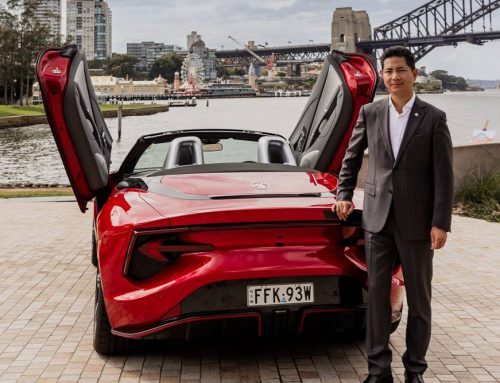
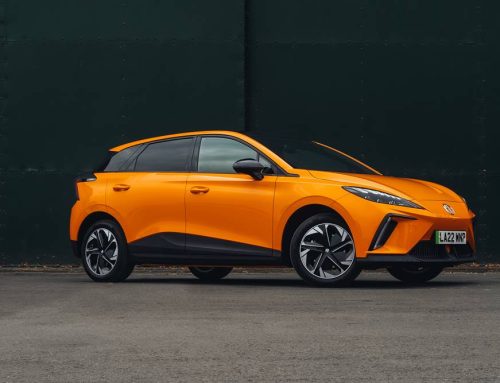
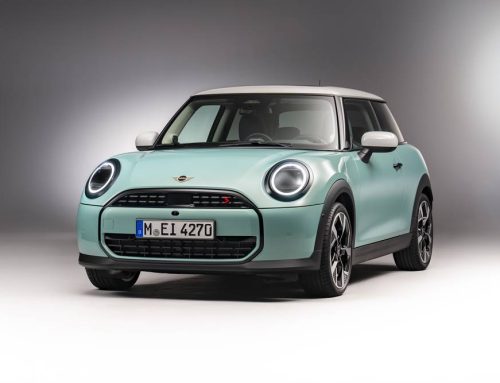
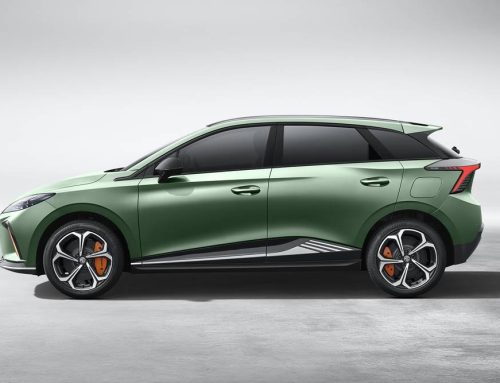
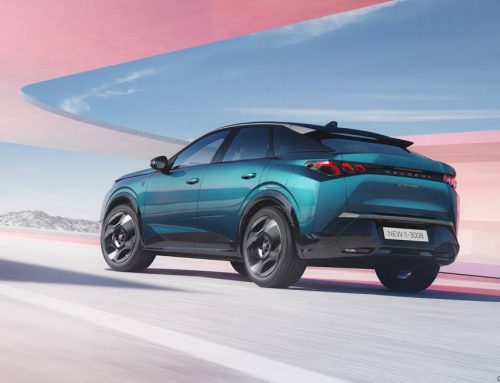
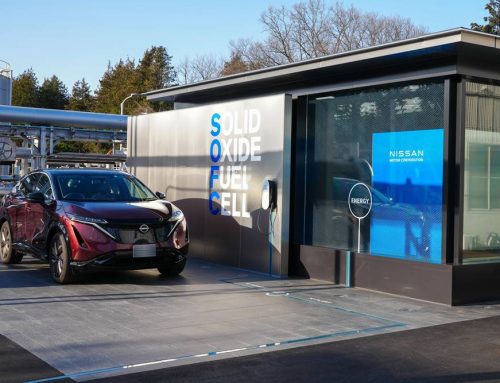
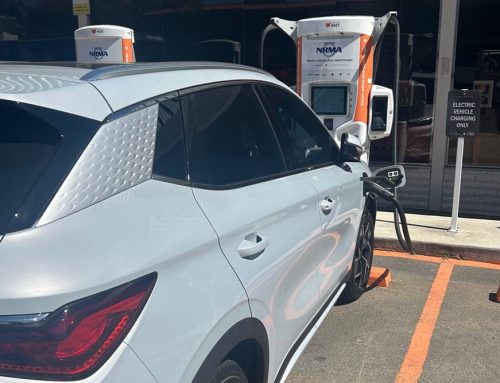


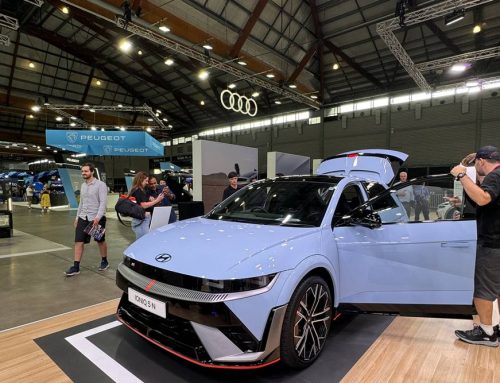

Leave a Reply